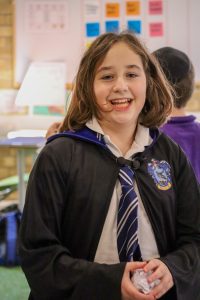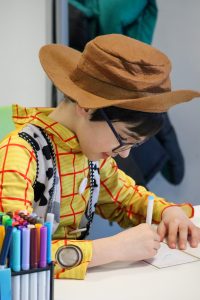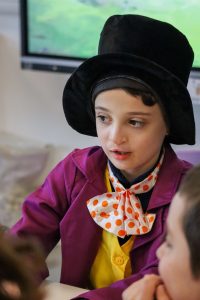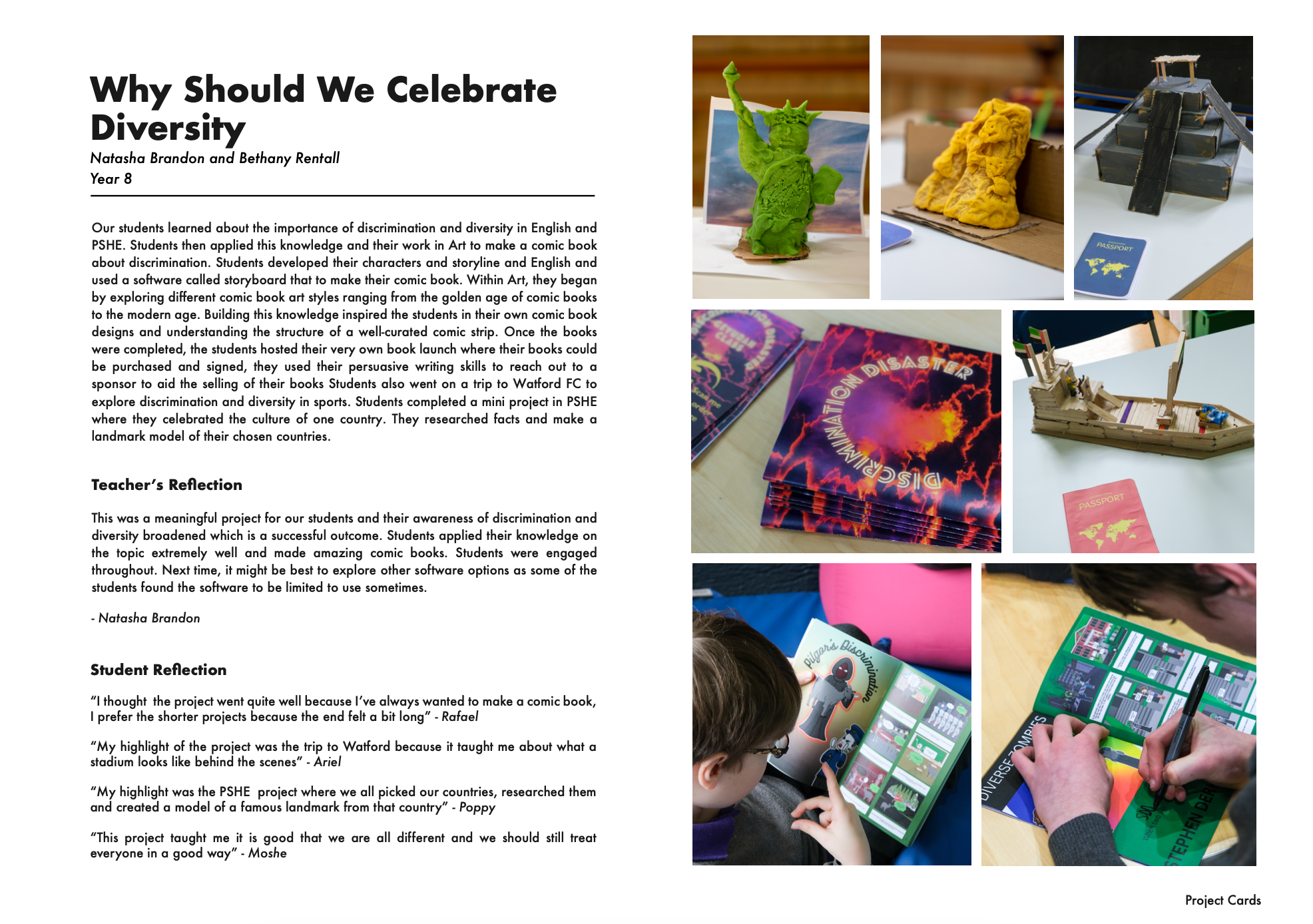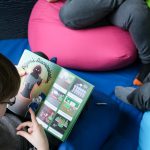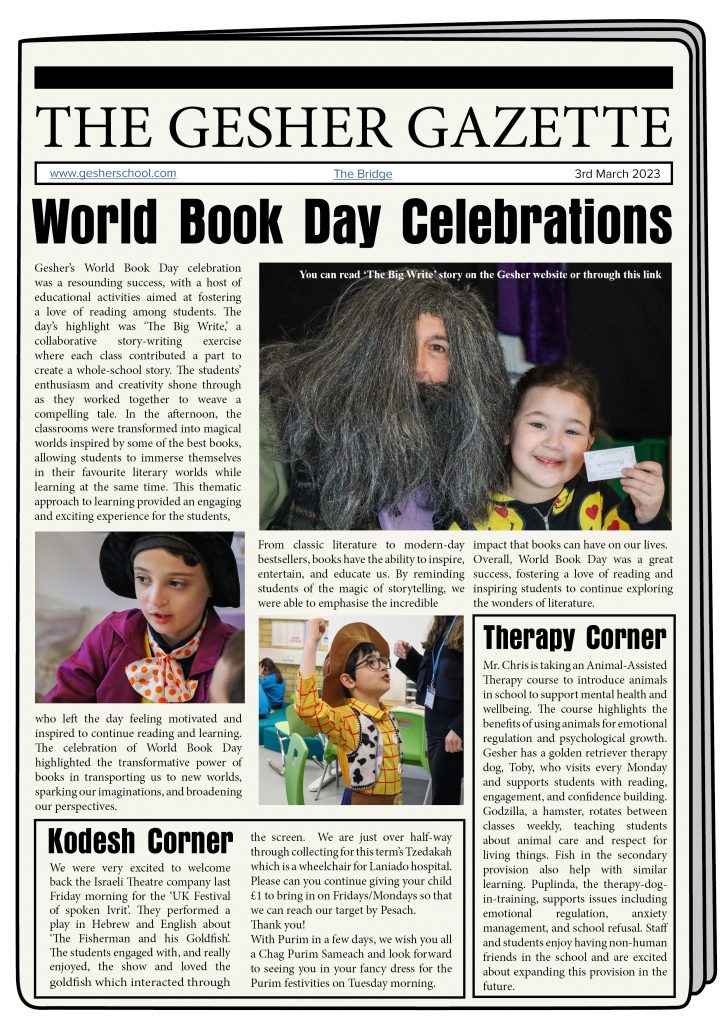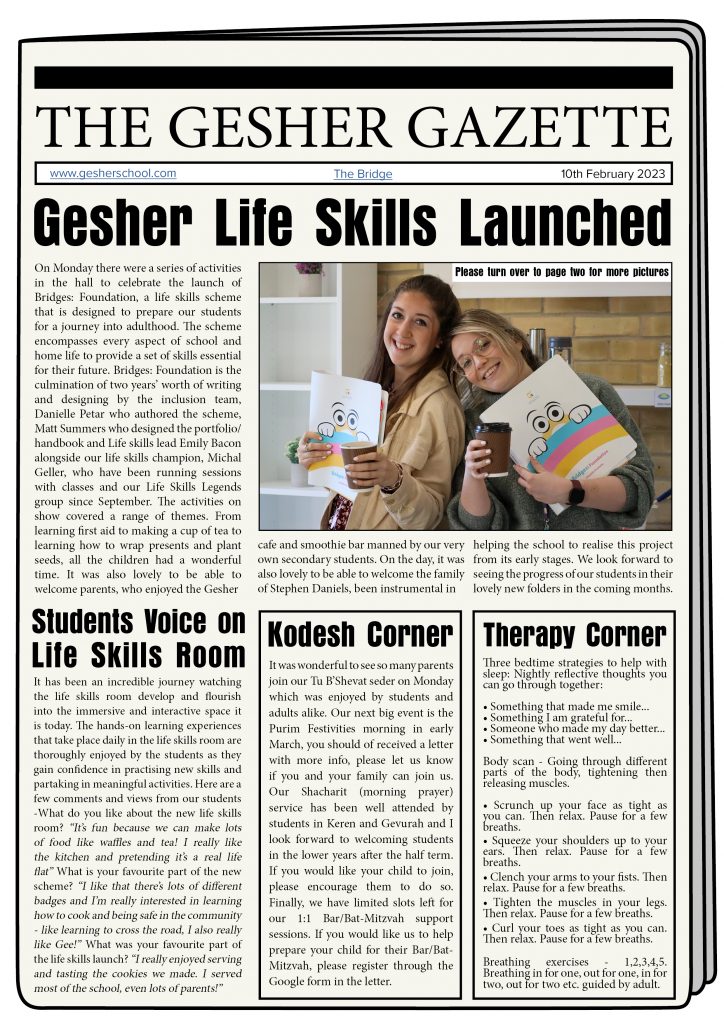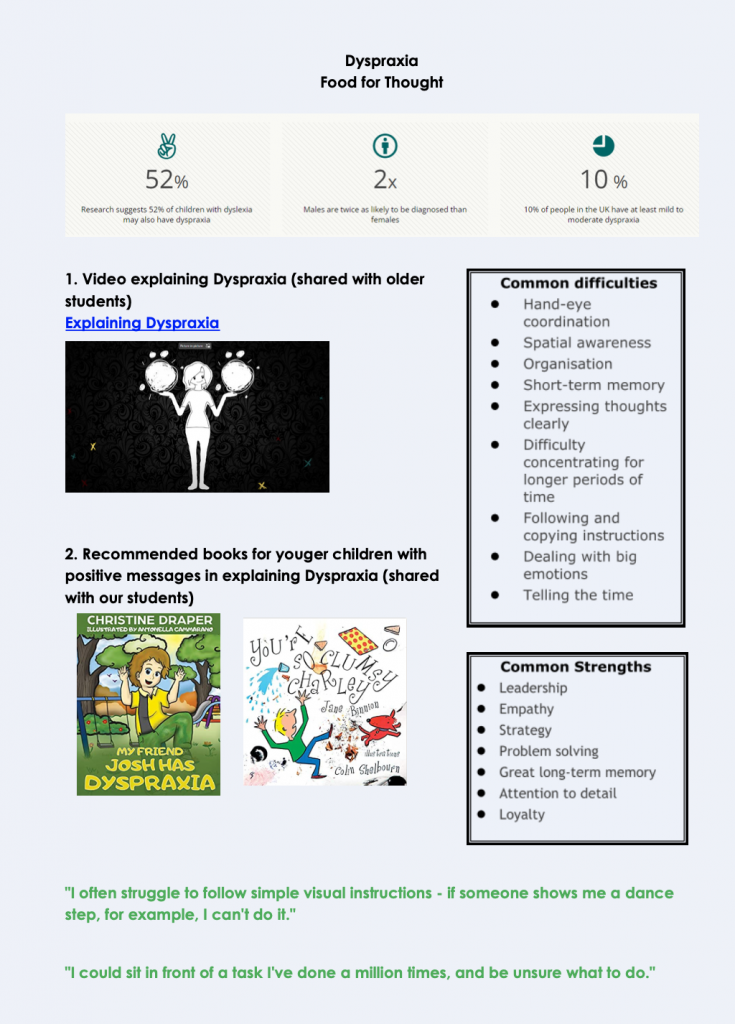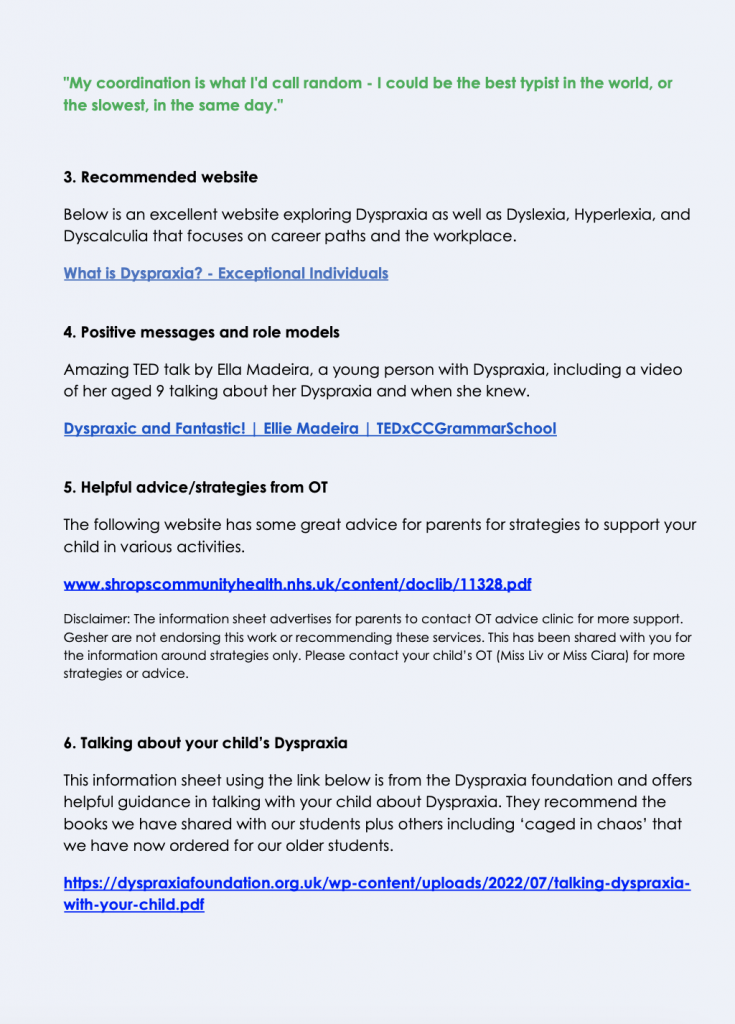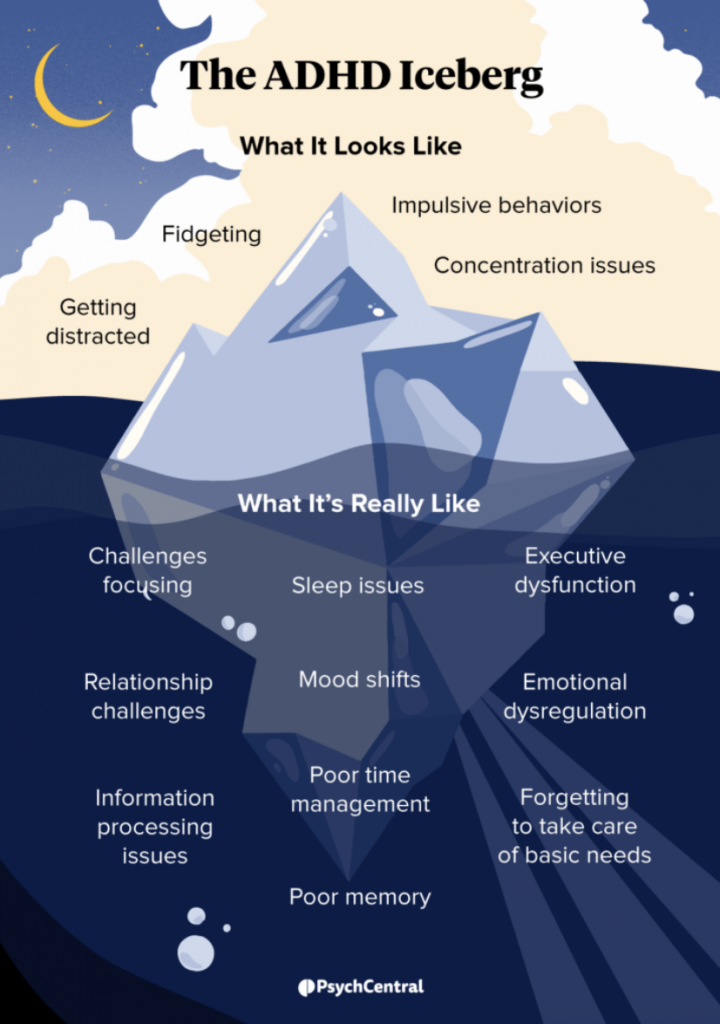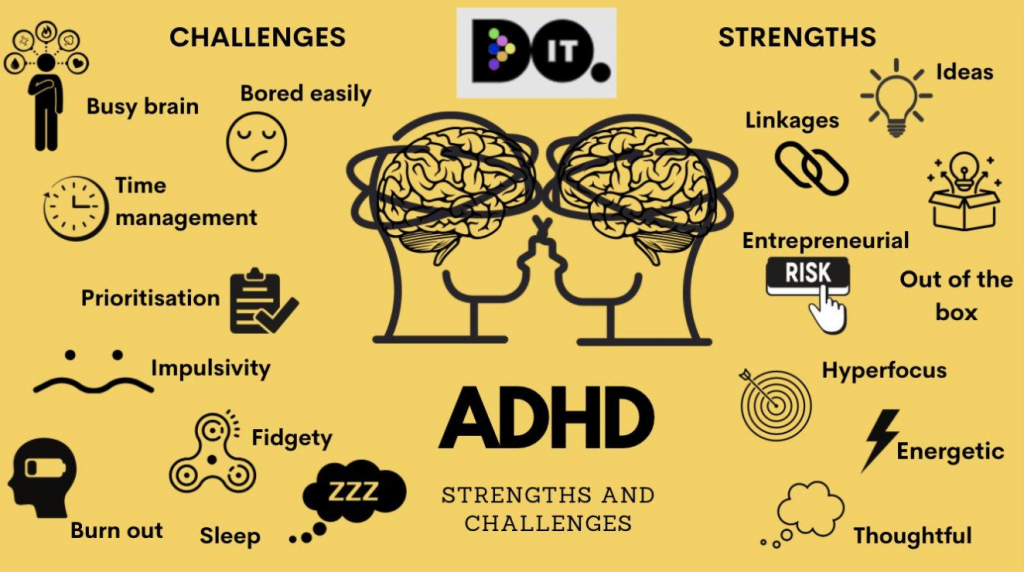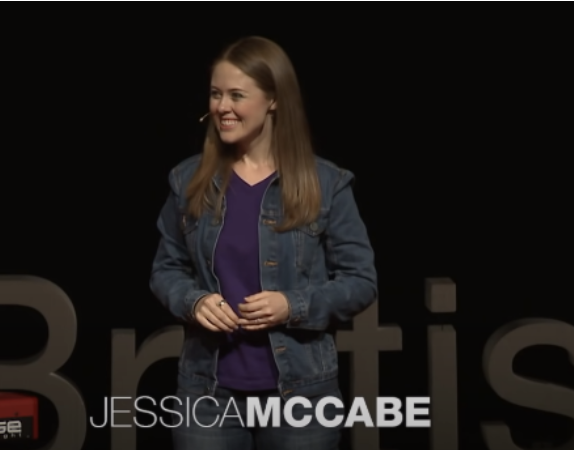Gesher’s World Book Day celebration was a resounding success, with a host of educational activities aimed at fostering a love of reading among students. The day’s highlight was ‘The Big Write,’ a collaborative story-writing exercise where each class contributed a part to create a whole-school story. The students’ enthusiasm and creativity shone through as they worked together to weave a compelling tale.
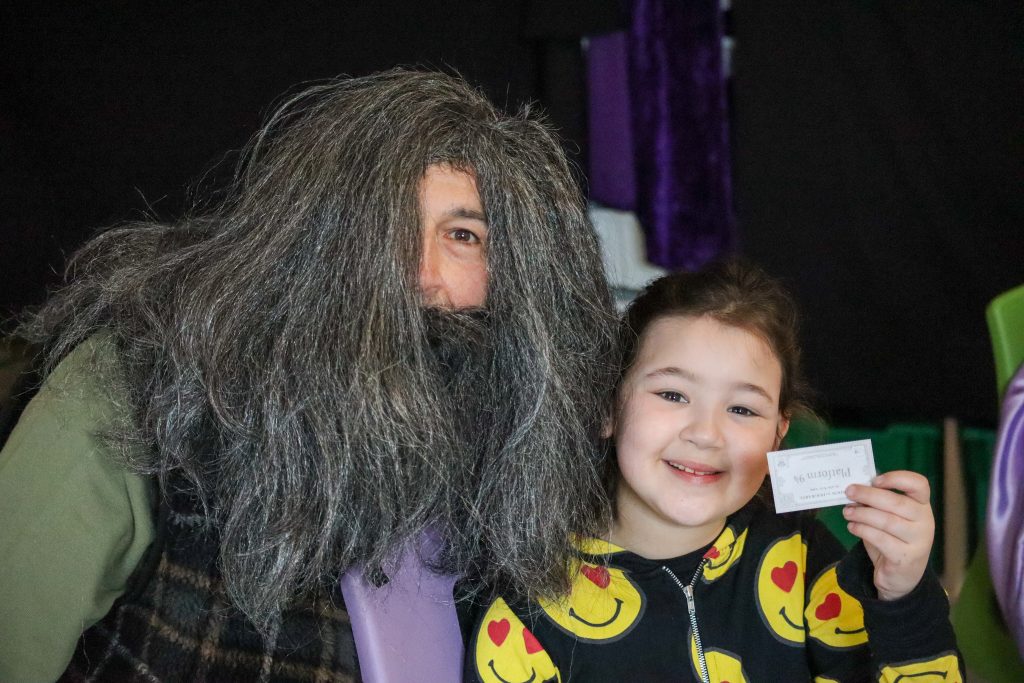 In the afternoon, the classrooms were transformed into magical worlds inspired by some of the best books, allowing students to immerse themselves in their favourite literary worlds while learning at the same time. This thematic approach to learning provided an engaging and exciting experience for the students, who left the day feeling motivated and inspired to continue reading and learning.
In the afternoon, the classrooms were transformed into magical worlds inspired by some of the best books, allowing students to immerse themselves in their favourite literary worlds while learning at the same time. This thematic approach to learning provided an engaging and exciting experience for the students, who left the day feeling motivated and inspired to continue reading and learning.
Rimon class celebrated by exploring the theme of Charlie and the Chocolate Factory! They even made a video tasting different kinds of chocolate to see which ones were their favourites. It was a sweet way to honour the importance of reading and the joy of books.
The celebration of World Book Day highlighted the transformative power of books in transporting us to new worlds, sparking our imaginations, and broadening our perspectives. From classic literature to modern-day bestsellers, books have the ability to inspire, entertain, and educate us. By reminding students of the magic of storytelling, we were able to emphasise the incredible impact that books can have on our lives.
Overall, World Book Day was a great success, fostering a love of reading and inspiring students to continue exploring the wonders of literature.
The Big Write – by Gesher School
Once upon a time, in a land far far away a superhero went swimming in a pool. Then she flew back home to eat an apple. After, she went to the beach to go swimming. She was feeling happy. Later, she went to the jungle and met a bear. She took carrots and ice cream to the jungle and ate them there. Later the superhero went to Westminster Abbey by the Jubilee Line. She sat on a chair with lights all around her and met King Charles.
She took the train to see her daddy, who lives in the scary jungle. On her way, she saw a fox. He was busy eating a burger. He was soft and he was as wide as a train! He was as long as a snake. She was visiting her daddy because she hadn’t seen him in a long time… and she had something important to tell him…
Jonny the Rabbit, the SUPERVILLAN was coming to steal his bedroom and EAT HIM! This made her feel sad. But she had to save her daddy.
She needed help, so she called her friend Jack who was another superhero. He had lots of powers, including speed, fireballs, lighting, super strength, and ice blast!
He teleported onto the train – BANG! She was shocked, but she said “I am so happy you are here. Now help me!” “I can help you but we have to be quick because I don’t have much time. I am a very busy person and I have to go to Dominos for pizza later!” The superhero girl, who was called Anna, said “But I really need help or my dad will be eaten by a supervillain rabbit! Do you really choose pizza over my dad?”
Anna and Jack realised they needed a plan to help Anna’s dad. They needed rope, carrots, and a giant trap. Jack compromised and said he could help if they got Dominos delivered so he could eat pizza while he helped. Anna agreed and they super-blasted to her dad’s house. When they got there, her dad was shouting for help. Anna and Jack told him they were there to help. They were both nervous but Jack was too busy being hungry and thinking about his pizza.
Anna turned to Jack and said, “order the pizza, I’ll start the fight then set up the trap. I’ll have a pizza with olives and…” “Sure, but please hurry, I’m hungry”, said Jack. “I’ll have extra cheese,” Anna exclaimed as she ran towards the house. She heard her dad screaming inside for help. “Ahhh, help the bunny is attacking me with a carrot sword. He’s about to hit my head!” screamed Anna’s dad. Anna slowly entered the house and started creeping up the stairs to her father’s master bedroom. She opened the double doors gently and saw the seemingly cute, adorable bunny trying to kill her father. Anna instantly felt anxious, worried and filled with fear. She started thinking: I’ve got to save my dad, or else… I need to get that bunny outside into Jack’s trap. Maybe with lots of carrots. But how?
Anna came up with a plan whilst eating her scrumptious Dominos. She dug a hole so deep and gigantic that the rabbit would never be able to escape. She took the carrots and placed them on the floor and started to walk over to get the job done. Anna decided she was going to karate-kick the bunny in the face. She kicked as high as the sky and the rabbit went flying. After this, Anna began to impersonate the rabbit by hopping quickly. The bunny soon noticed the long trail of neon orange carrots and frantically hopped over. The rabbit couldn’t stop in time and fell into the hole – SPLAT!
The rabbit fell hard onto the brown mud and soil. He was slightly wounded and he hurt his leg. He wanted to trick Anna and her dad, James, so that he could carry out the mission and kill him. He decided to fake his own death. He screamed as loud as a fart for 30 seconds to deceive the superheroes. After a short while, the screams stopped and the rabbit was not moving. Anna and her dad sighed in relief and jumped for joy as they thought the evil rabbit was dead. They skipped away merrily.
Everyone went to the kitchen and they met two new superheroes. One was a superhero who wore blue and red and the other one was a superhero who wore yellow. The blue and red superhero was feeling sick and the yellow superhero was feeling sick too. They had to go to the doctor which was in Waterloo. The doctor used temperatures and a thermometer to make them better. When they were feeling better the superheroes went climbing. Then they felt happy.
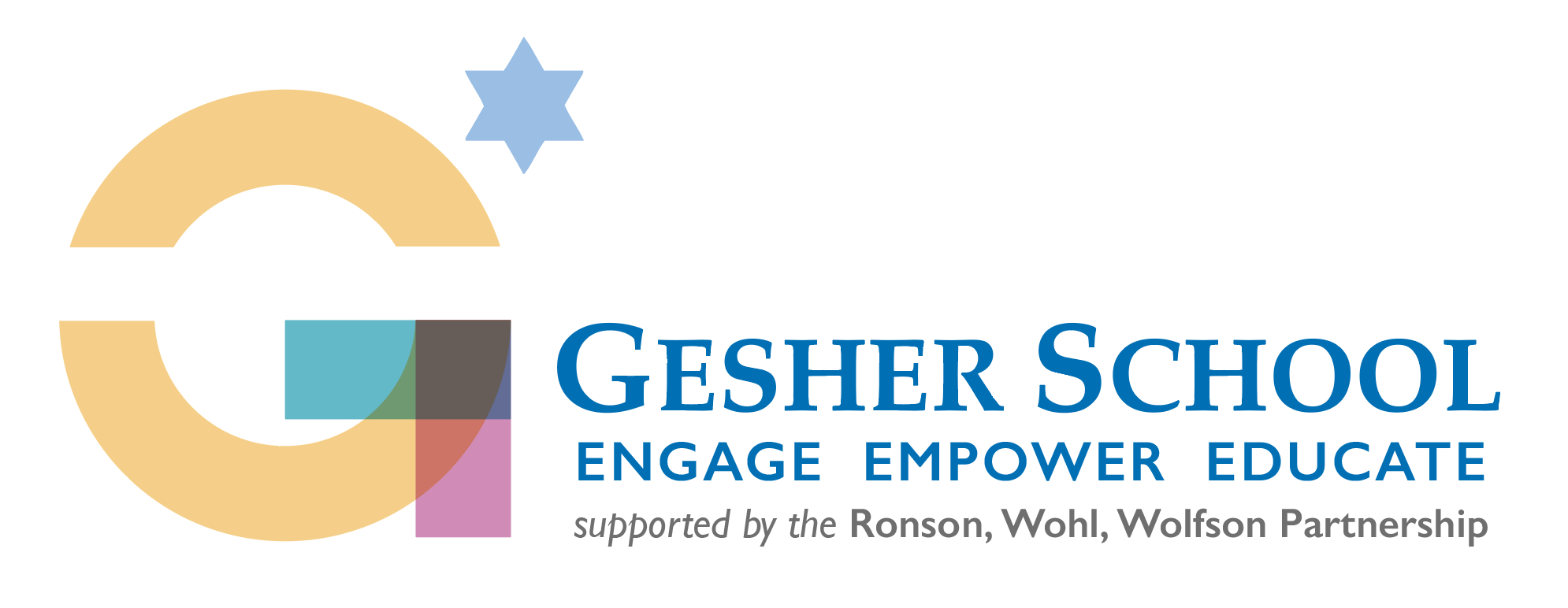
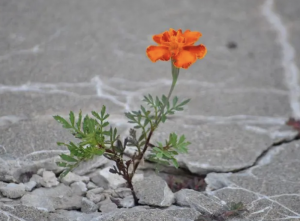


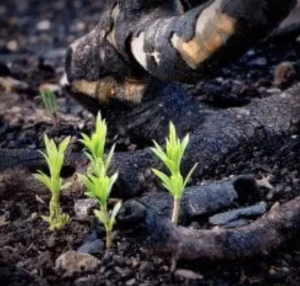
 In the afternoon, the classrooms were transformed into magical worlds inspired by some of the best books, allowing students to immerse themselves in their favourite literary worlds while learning at the same time. This thematic approach to learning provided an engaging and exciting experience for the students, who left the day feeling motivated and inspired to continue reading and learning.
In the afternoon, the classrooms were transformed into magical worlds inspired by some of the best books, allowing students to immerse themselves in their favourite literary worlds while learning at the same time. This thematic approach to learning provided an engaging and exciting experience for the students, who left the day feeling motivated and inspired to continue reading and learning.